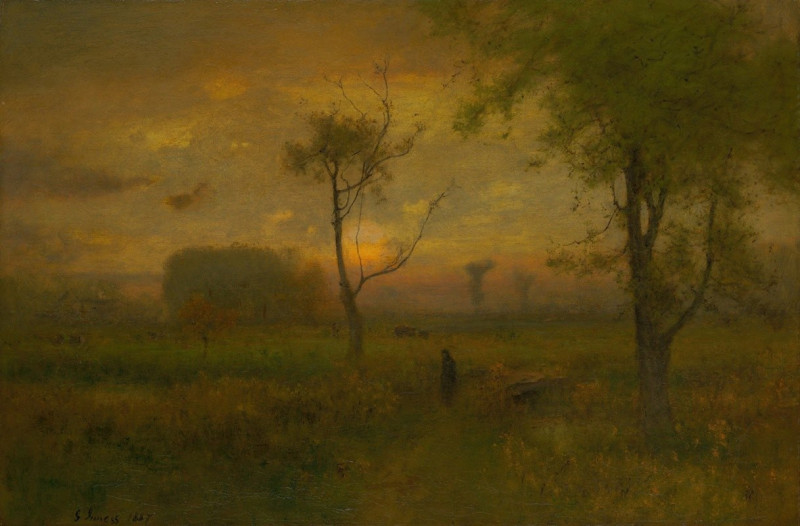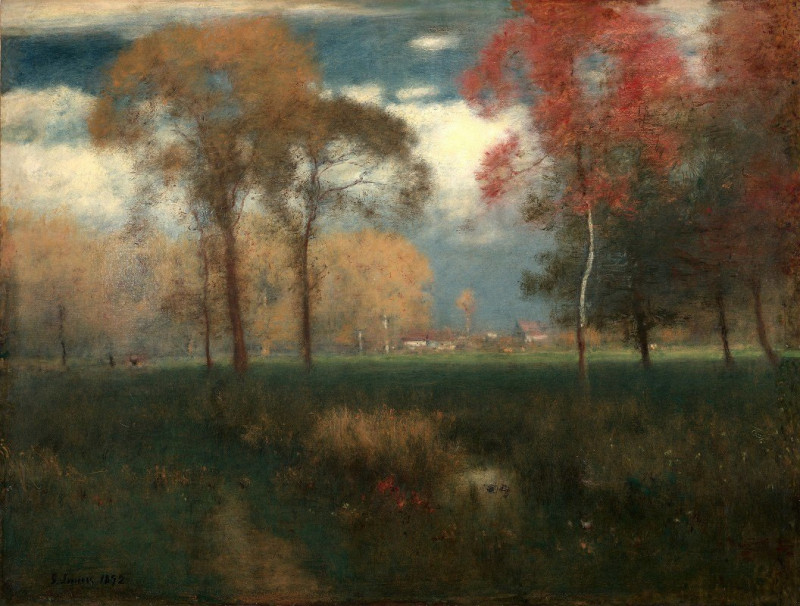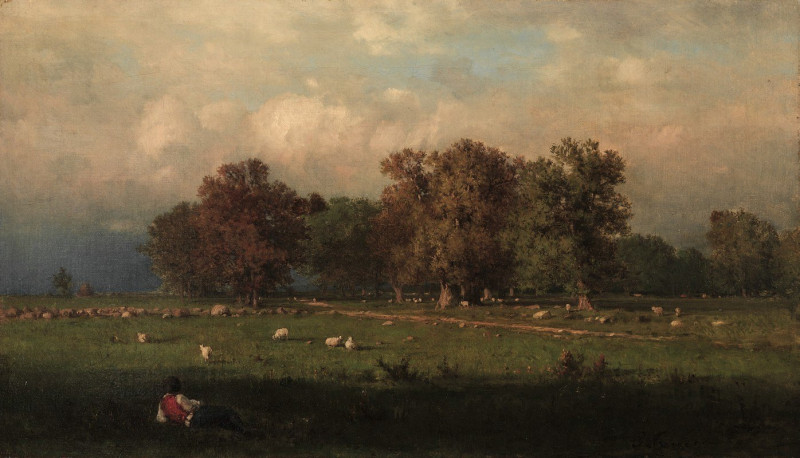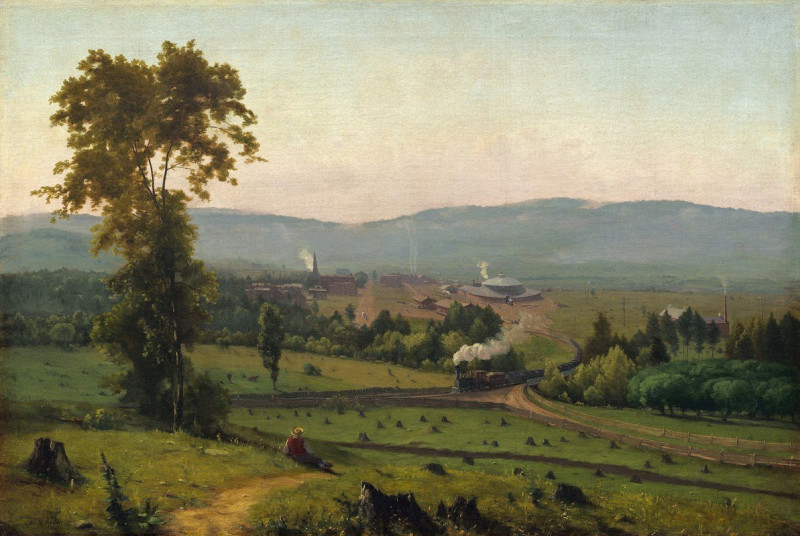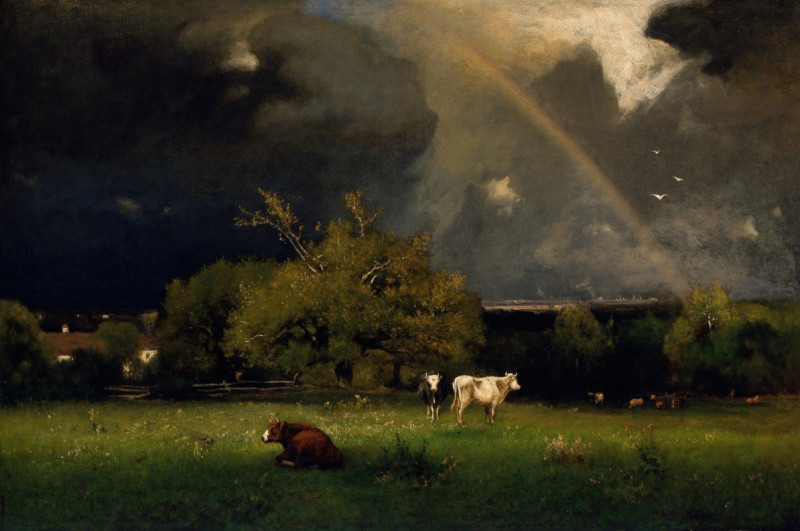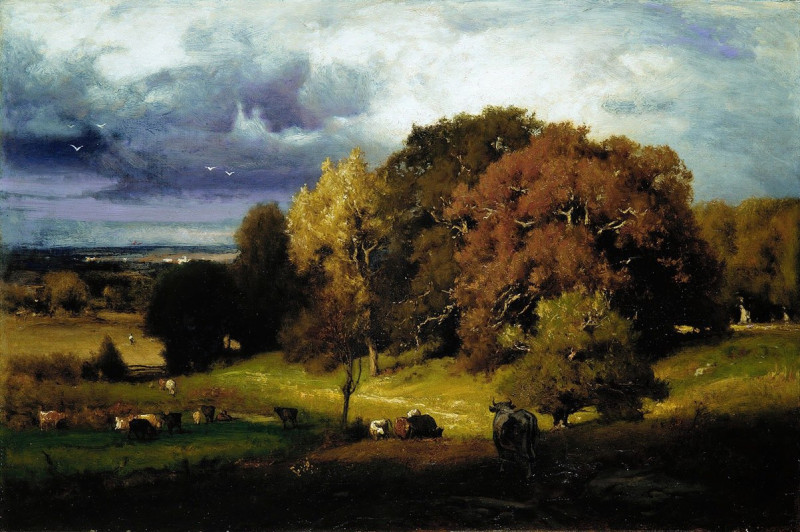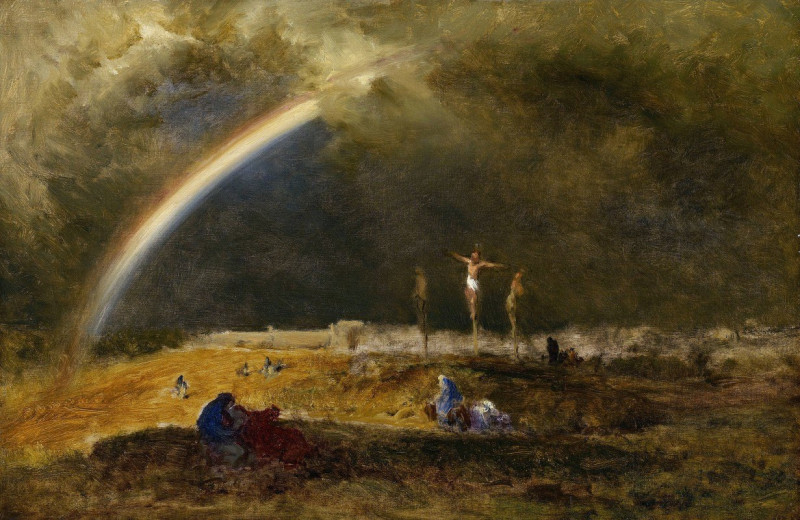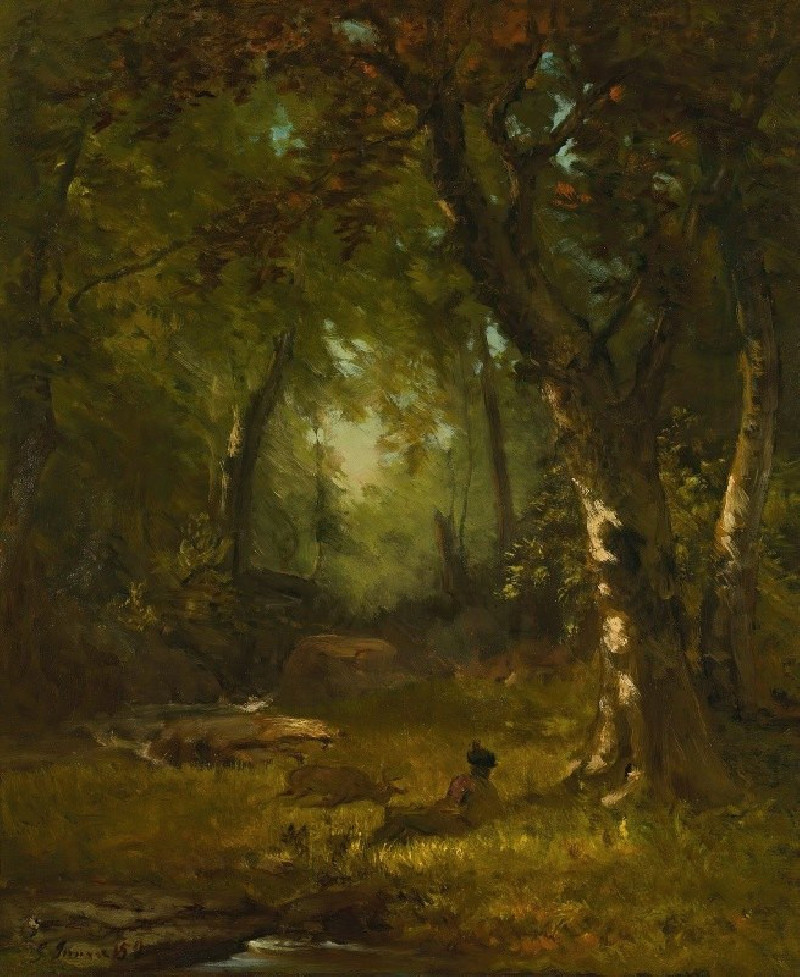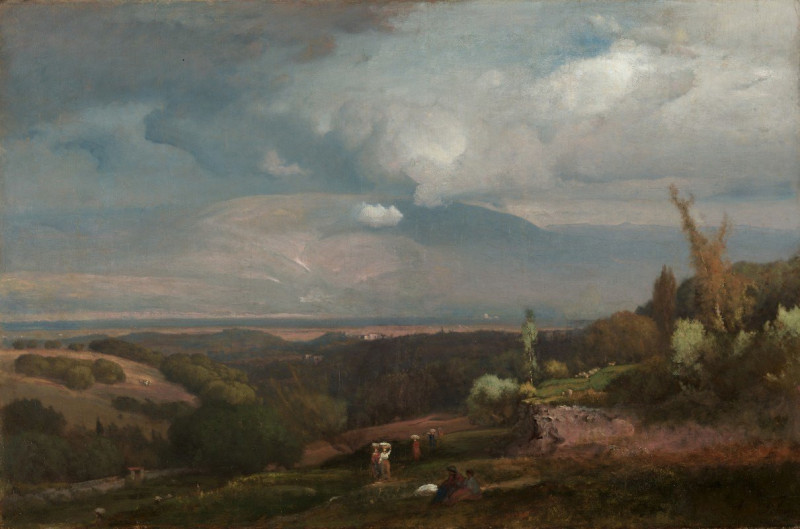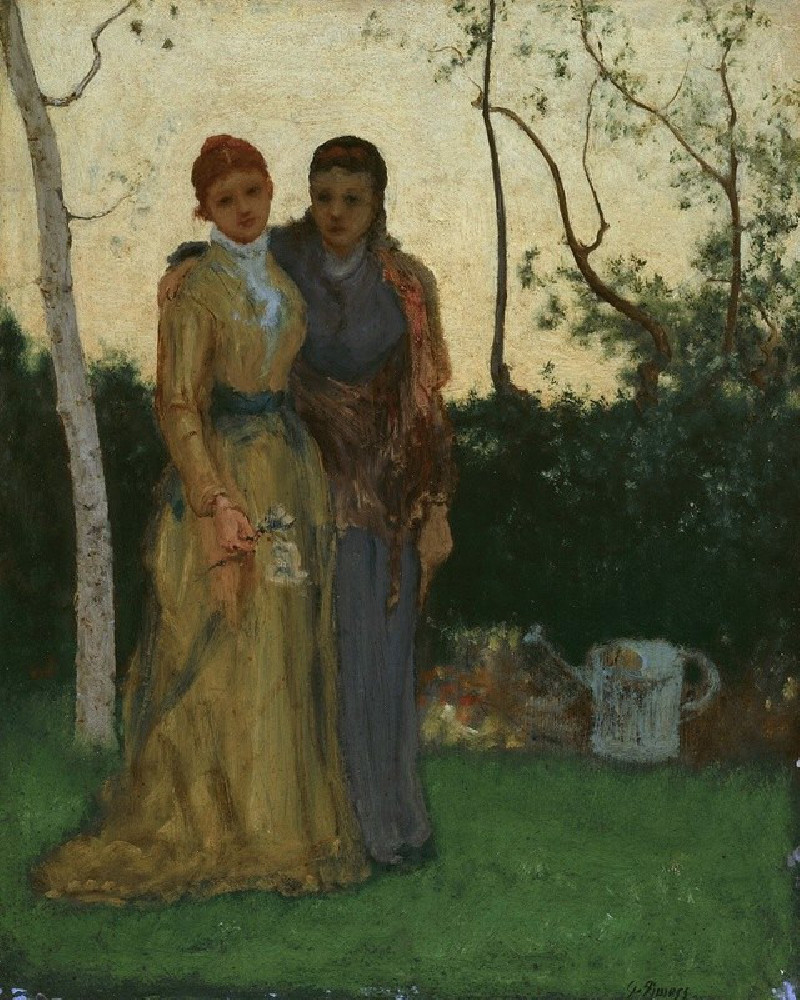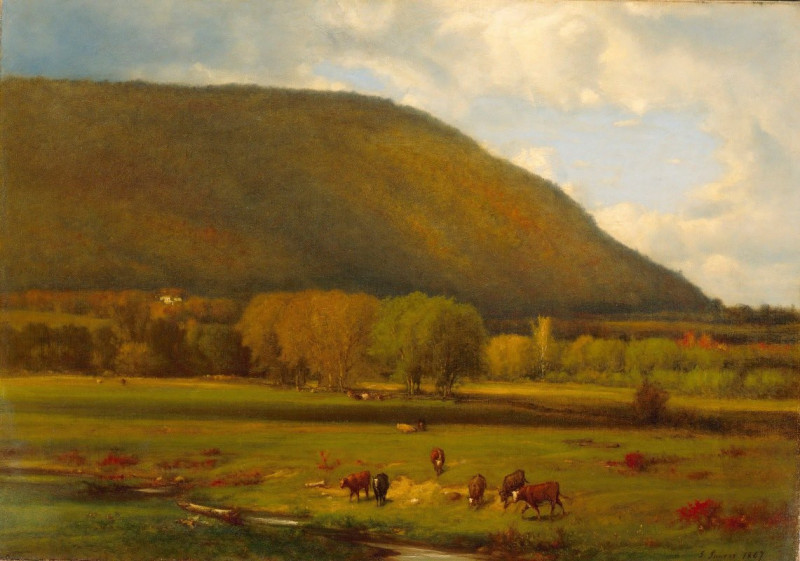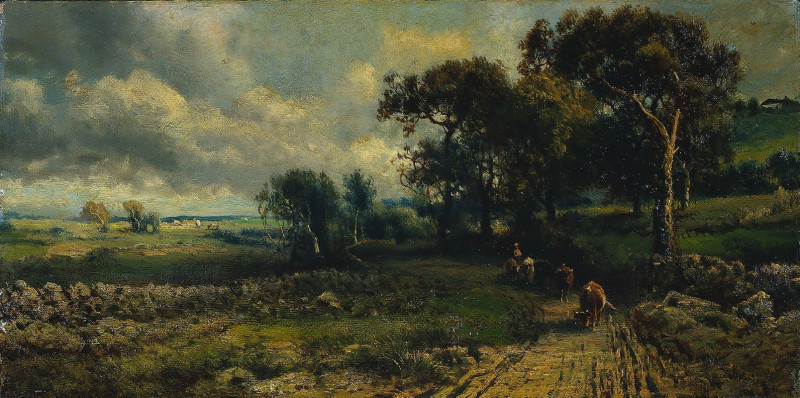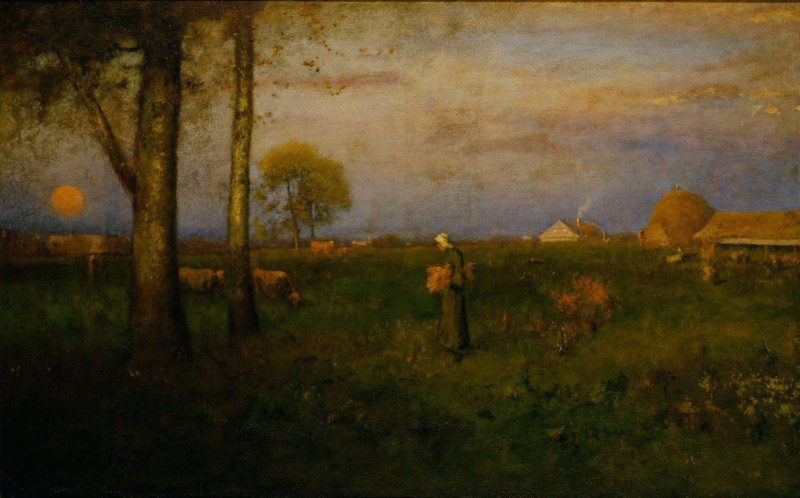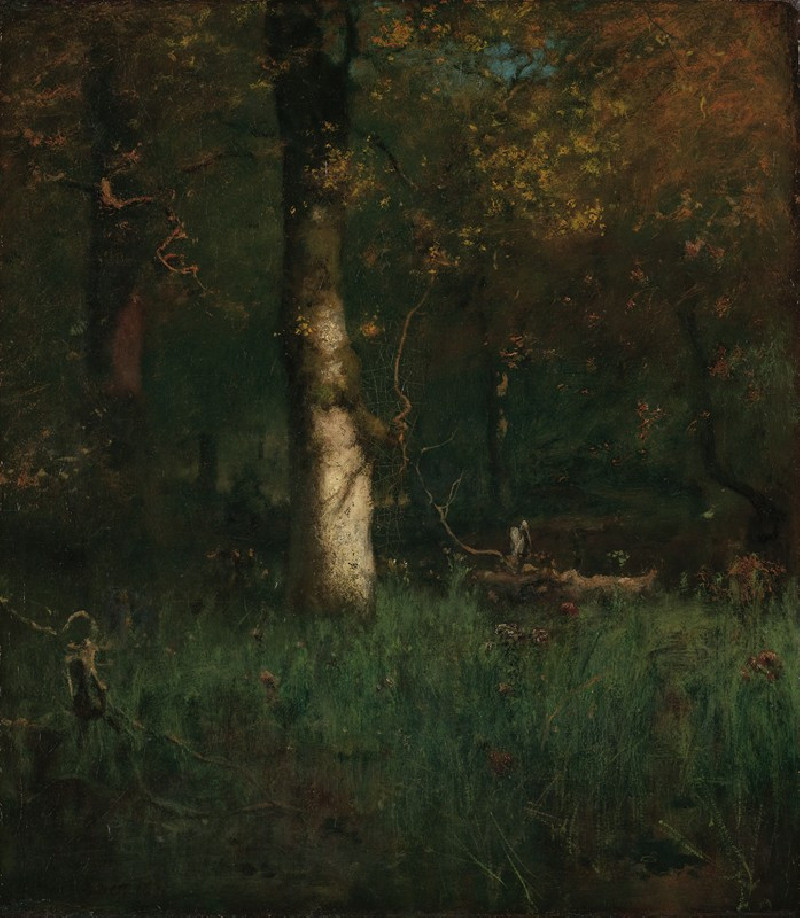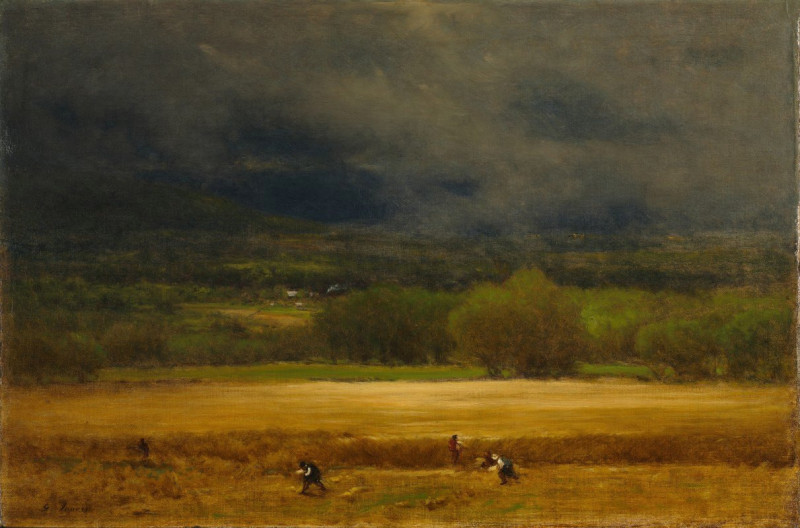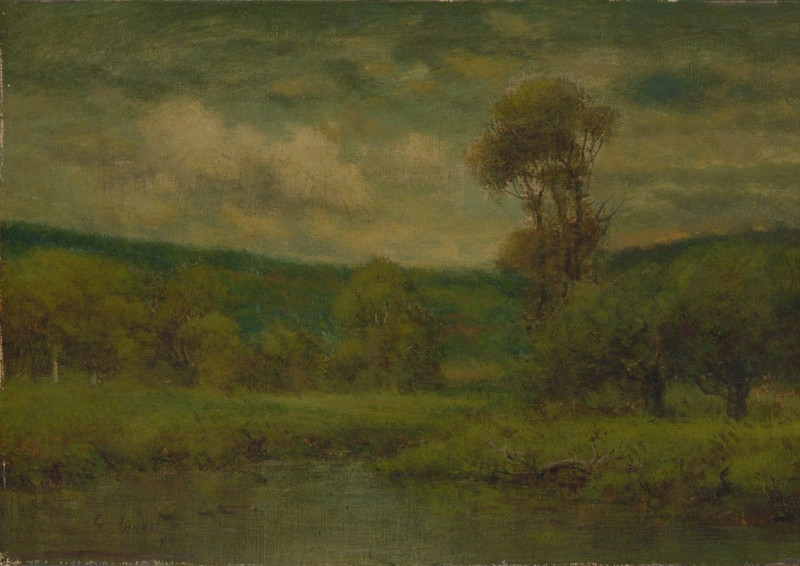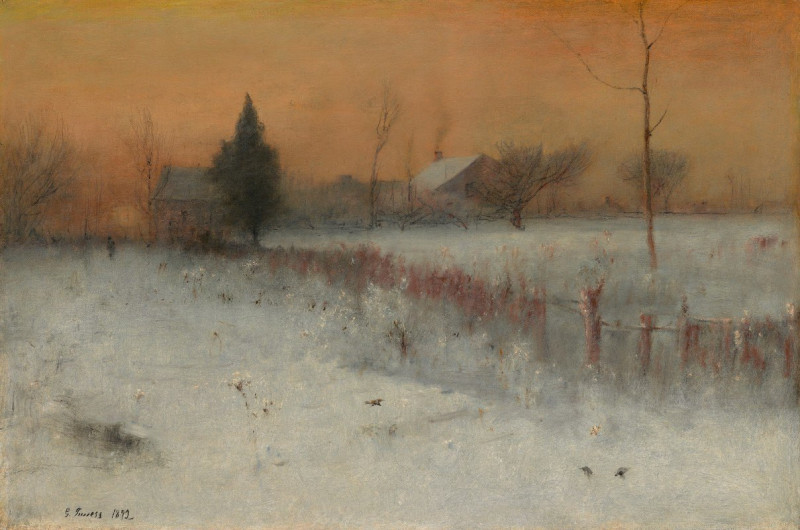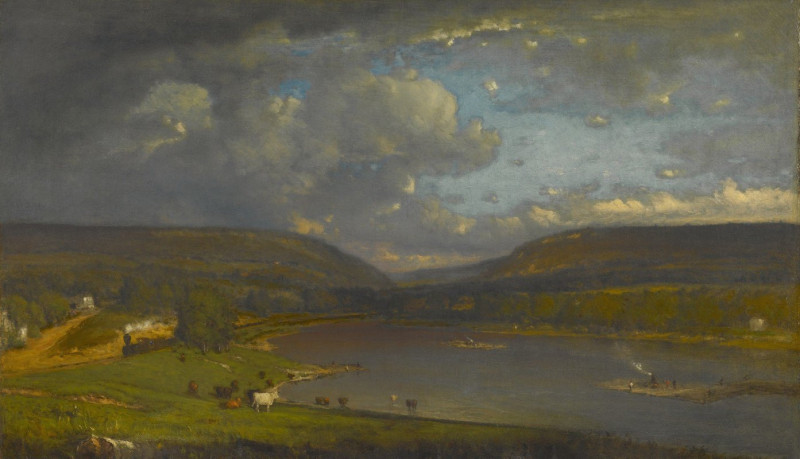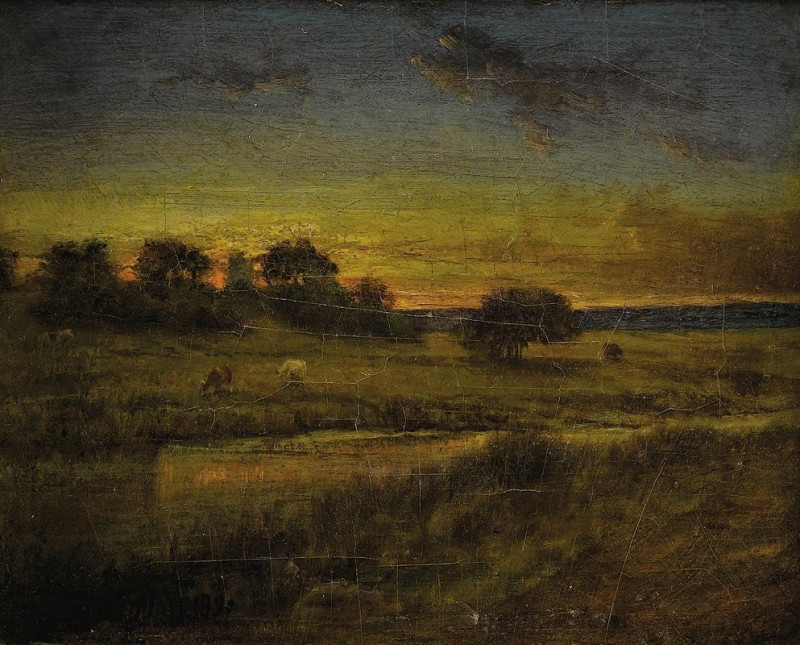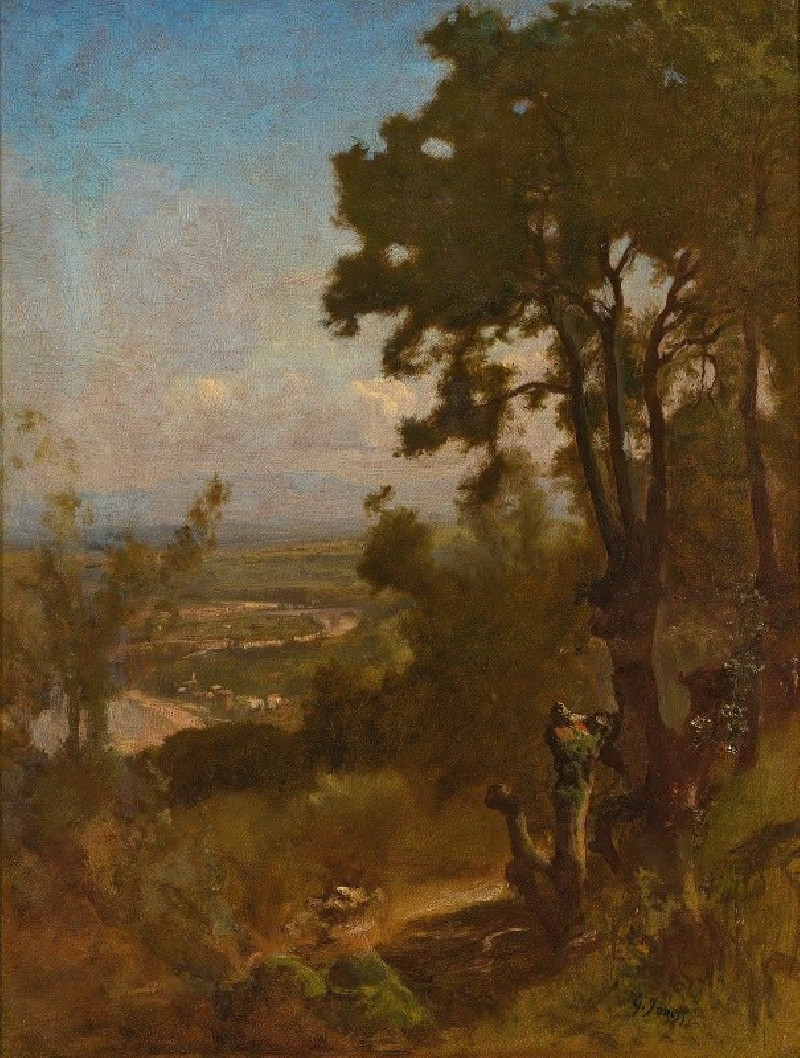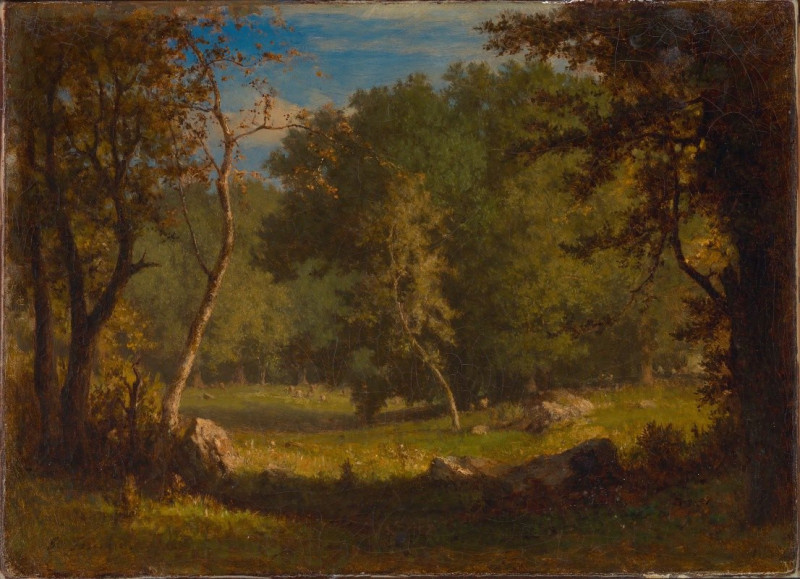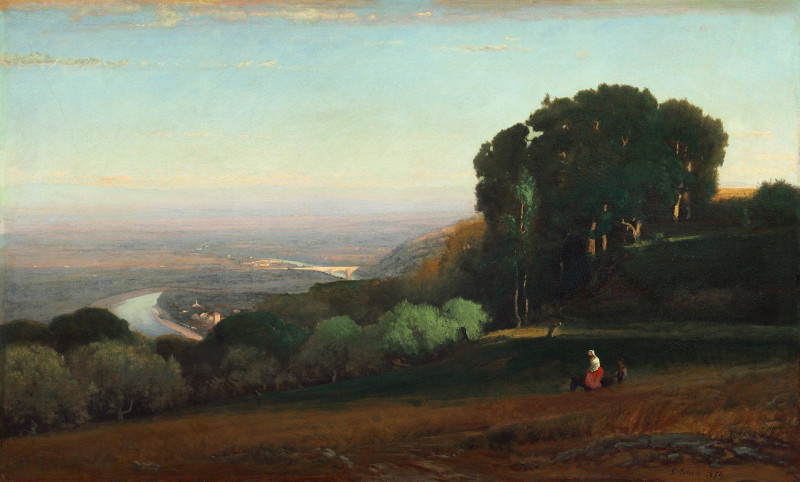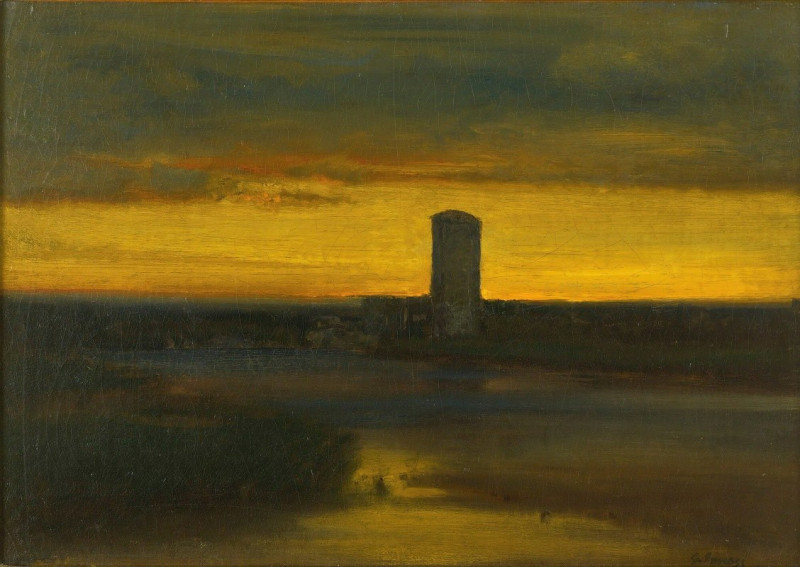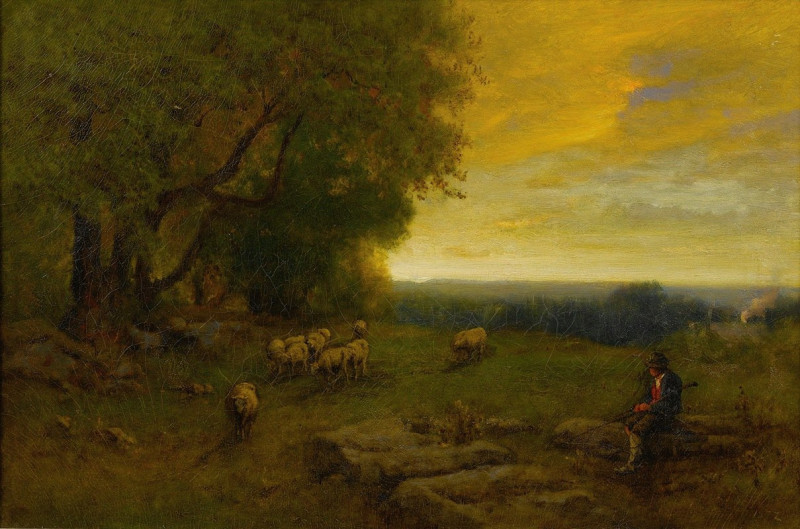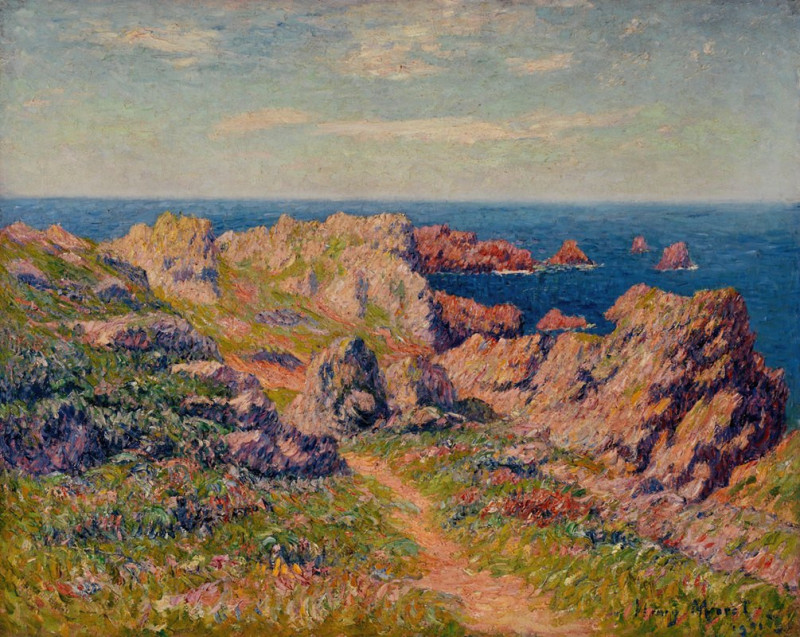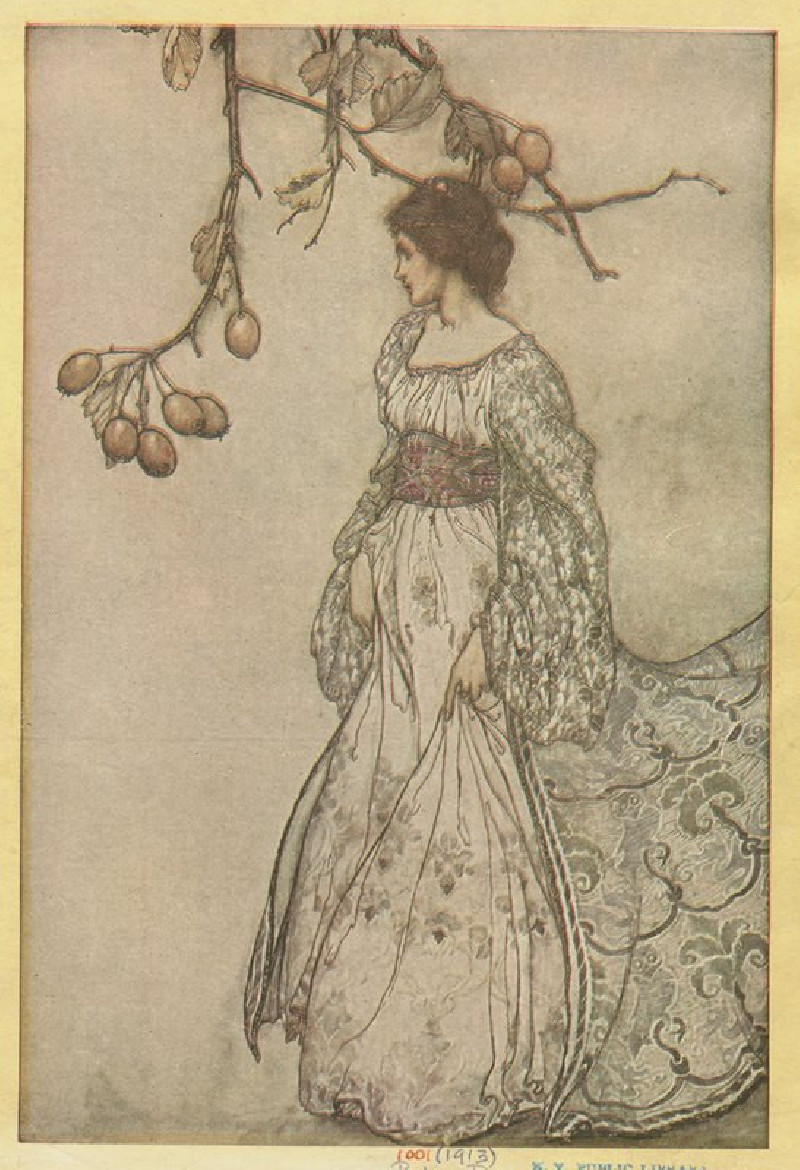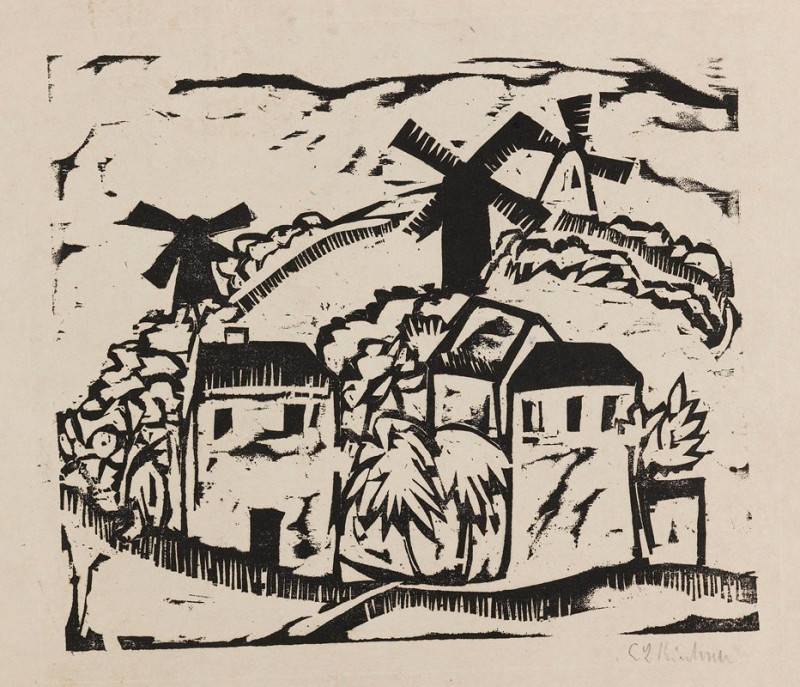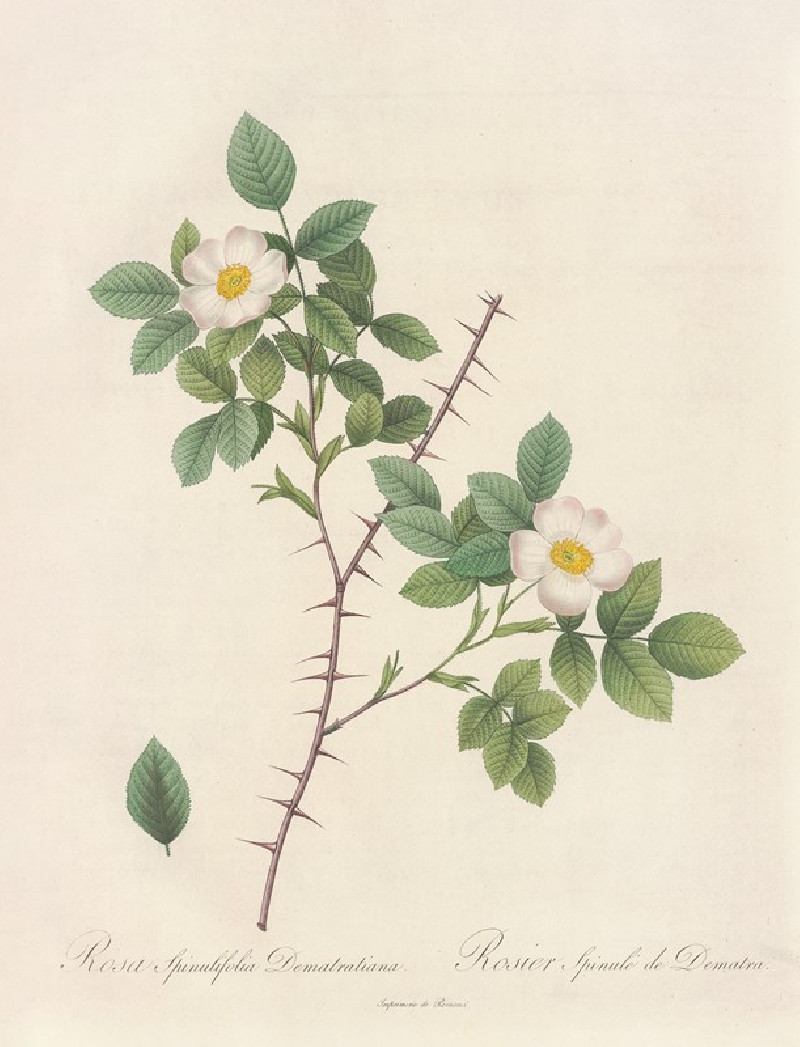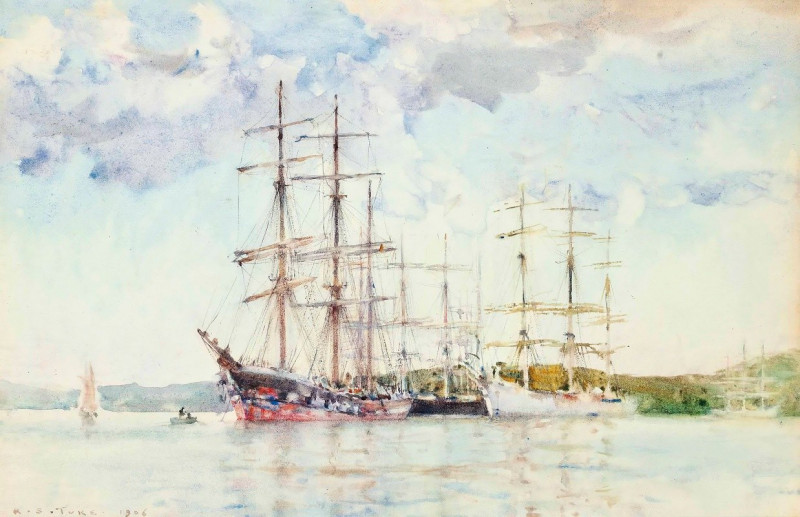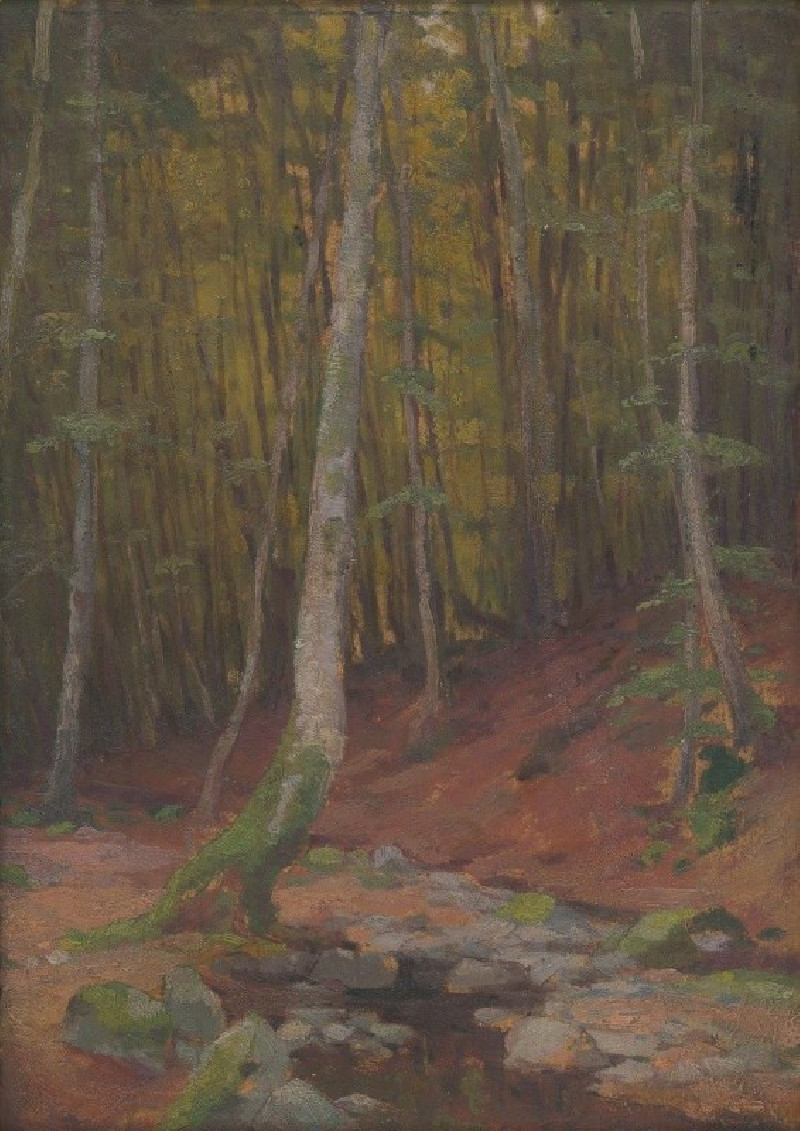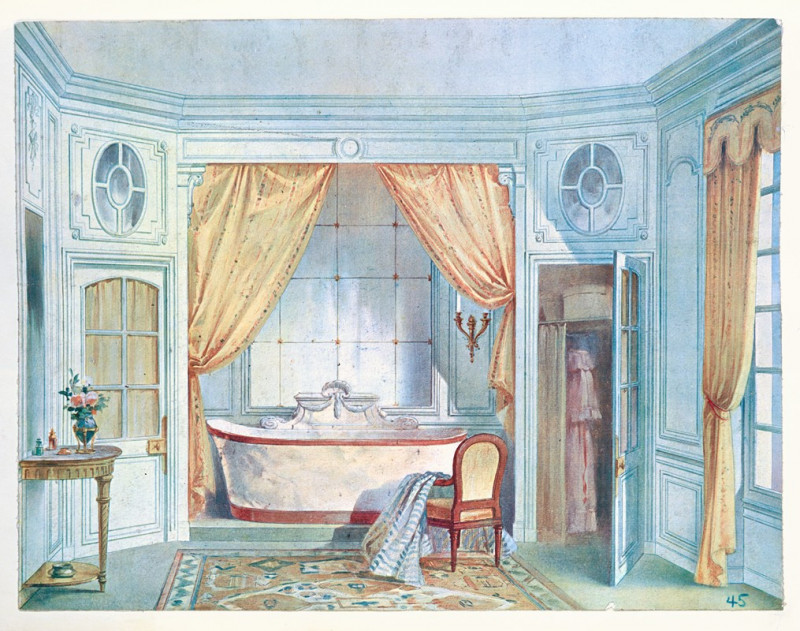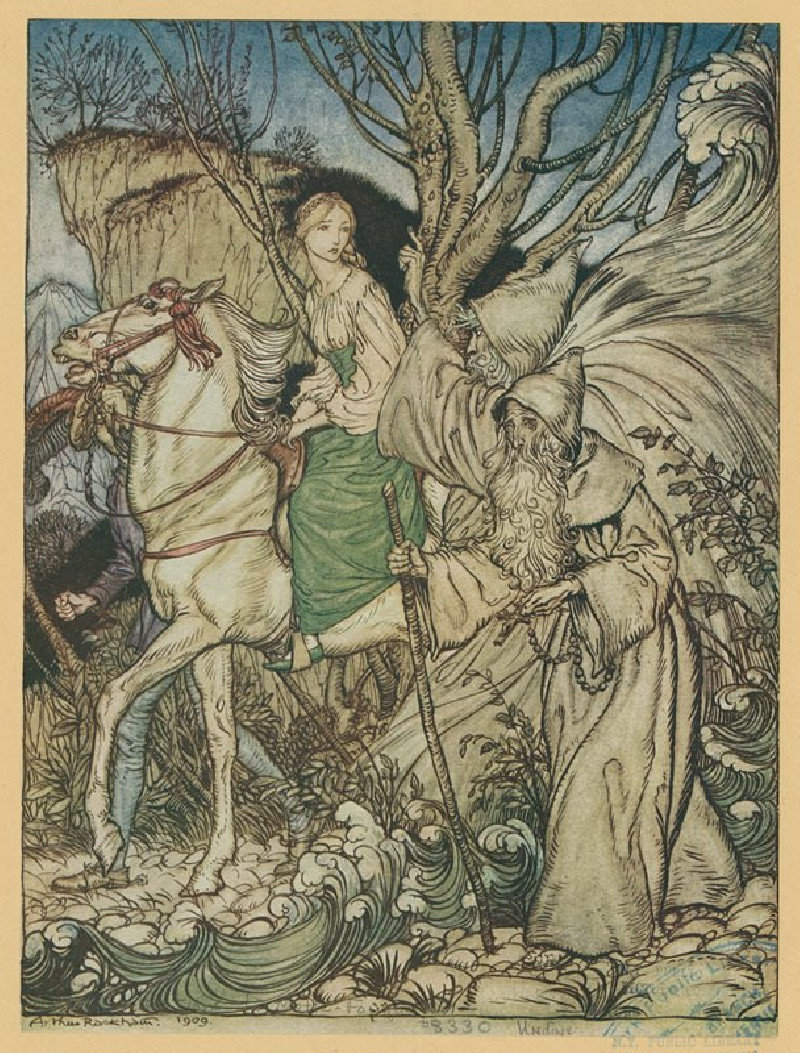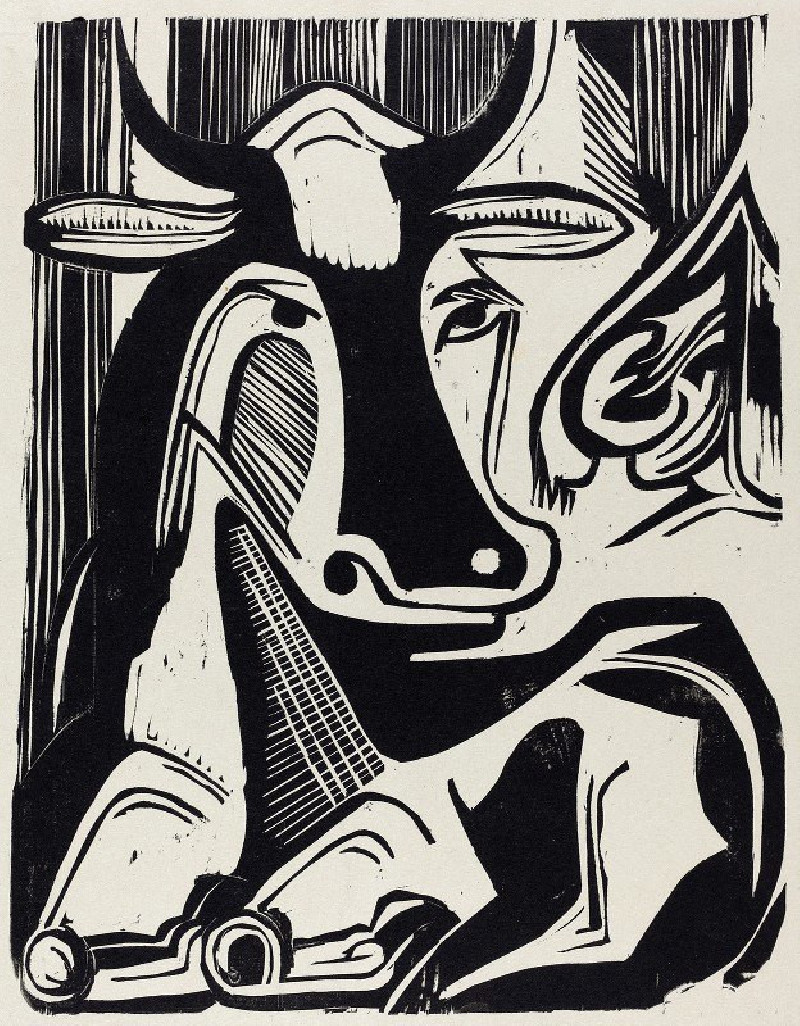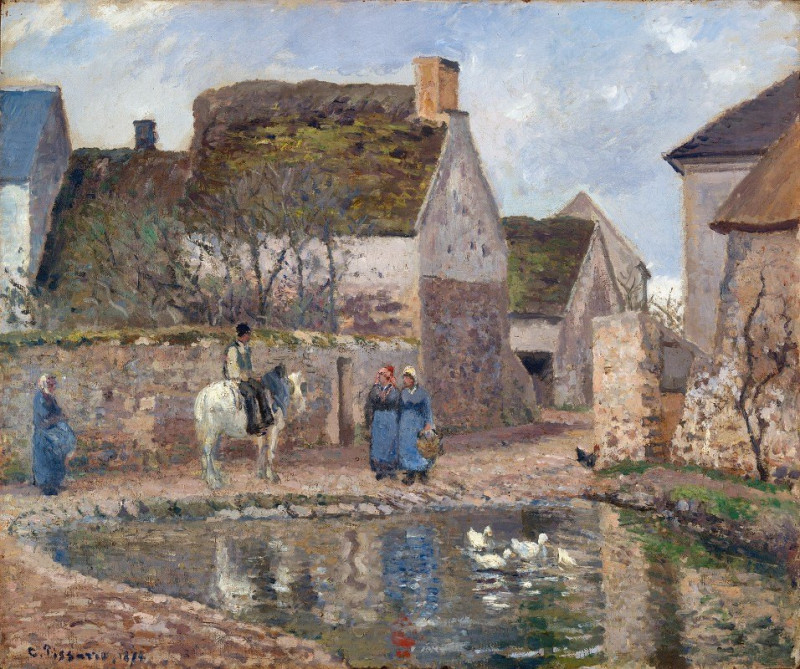Sunrise (1887)
Technique: Giclée quality print
Recommended by our customers
More about this artwork
"Sunrise" (1887) by George Inness is an evocative painting that captures the serene and subtle beauty of dawn in a pastoral setting. This landscape, rendered in soft, blended brushstrokes typical of Inness's mature style, conveys a profound sense of peace and introspection. The painting features a muted palette dominated by warm browns and cool greens, creating a misty, early morning atmosphere.At the center of the composition, the horizon gently glows with the golden hues of the rising sun, contrasting subtly against the shadowy foreground. Delicate trees frame the scene, their sparse branches etched against the glowing sky, suggesting the delicate balance and harmony between man and nature.Inness, known for his spiritual vision and connection to nature, deeply integrates these themes into "Sunrise," inviting viewers to contemplate the transcendent beauty and quiet majesty of the natural world.
Delivery
Returns
George Inness (May 1, 1825 – August 3, 1894) was a prominent American landscape painter.
Now recognized as one of the most influential American artists of the nineteenth century, Inness was influenced by the Hudson River School at the start of his career. He also studied the Old Masters, and artists of the Barbizon school during later trips to Europe. There he was introduced to the theology of Emanuel Swedenborg, which was significant for him; he expressed that spiritualism in the works of his maturity (1879–1894).

